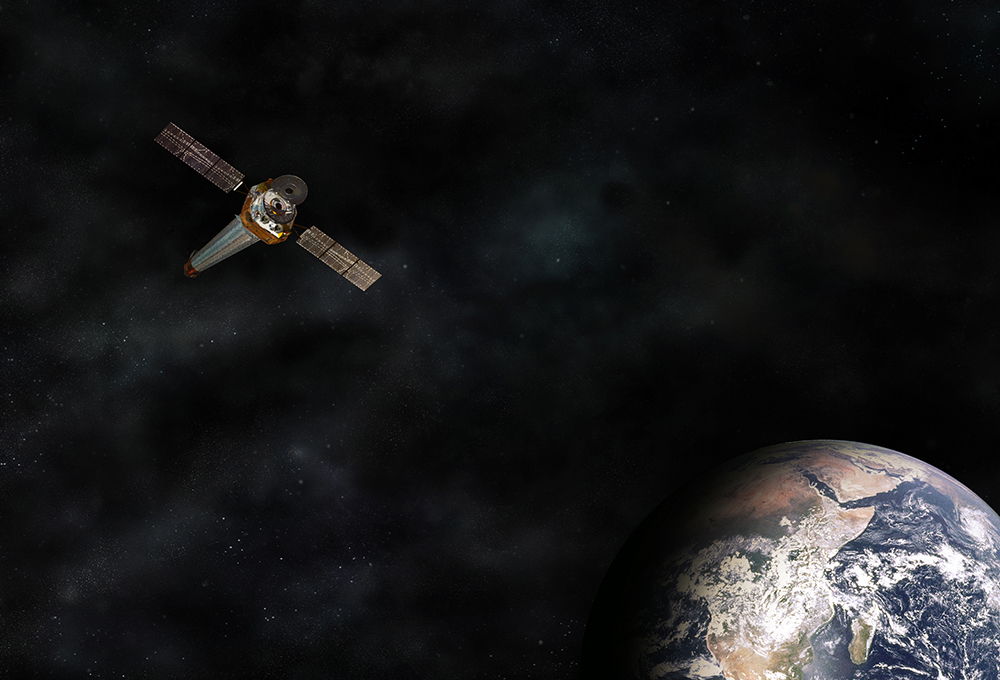
One of NASA's marquee space telescopes won't be sidelined for much longer.
The Chandra X-ray Observatory went into a protective safe mode Wednesday (Oct. 10) because one of its orientation-maintaining gyroscopes was on the fritz, NASA officials announced today (Oct. 15). That glitch caused the spacecraft to gather 3 seconds' worth of bad data, confusing the onboard flight computer.
With the problem identified, a fix is just around the corner. [Our X-Ray Universe: Amazing Photos by NASA's Chandra X-Ray Observatory]
"The team has completed plans to switch gyroscopes and place the gyroscope that experienced the glitch in reserve," NASA officials wrote in a statement today. "Once configured with a series of pre-tested flight software patches, the team will return Chandra to science operations, which are expected to commence by next week."
Chandra has far outlasted its original five-year design lifetime; the scope has been observing the universe in high-energy X-ray light since 1999. Chandra has made many important contributions during its nearly two decades of life — helping astronomers identify a new class of "intermediate-mass" black holes, for example, and imaging the shock waves emanating from supernova explosions.
Chandra is part of NASA's Great Observatories Program, which launched four powerful space telescopes from 1990 to 2003: the Hubble Space Telescope in 1990, the Compton Gamma Ray Observatory (CGRO) in 1991 and the Spitzer Space Telescope in 2003.
CGRO was intentionally deorbited in 2000 after a gyroscope failure. Hubble is currently in safe mode with gyro issues of its own, though NASA officials have expressed optimism that the iconic telescope will be back online soon.
Get the Space.com Newsletter
Breaking space news, the latest updates on rocket launches, skywatching events and more!
Spitzer is still going strong in an extended mission.
Mike Wall's book about the search for alien life, "Out There," will be published on Nov. 13 by Grand Central Publishing. Follow him on Twitter @michaeldwall. Follow us @Spacedotcom or Facebook. Originally published on Space.com.
Join our Space Forums to keep talking space on the latest missions, night sky and more! And if you have a news tip, correction or comment, let us know at: community@space.com.

Michael Wall is a Senior Space Writer with Space.com and joined the team in 2010. He primarily covers exoplanets, spaceflight and military space, but has been known to dabble in the space art beat. His book about the search for alien life, "Out There," was published on Nov. 13, 2018. Before becoming a science writer, Michael worked as a herpetologist and wildlife biologist. He has a Ph.D. in evolutionary biology from the University of Sydney, Australia, a bachelor's degree from the University of Arizona, and a graduate certificate in science writing from the University of California, Santa Cruz. To find out what his latest project is, you can follow Michael on Twitter.










